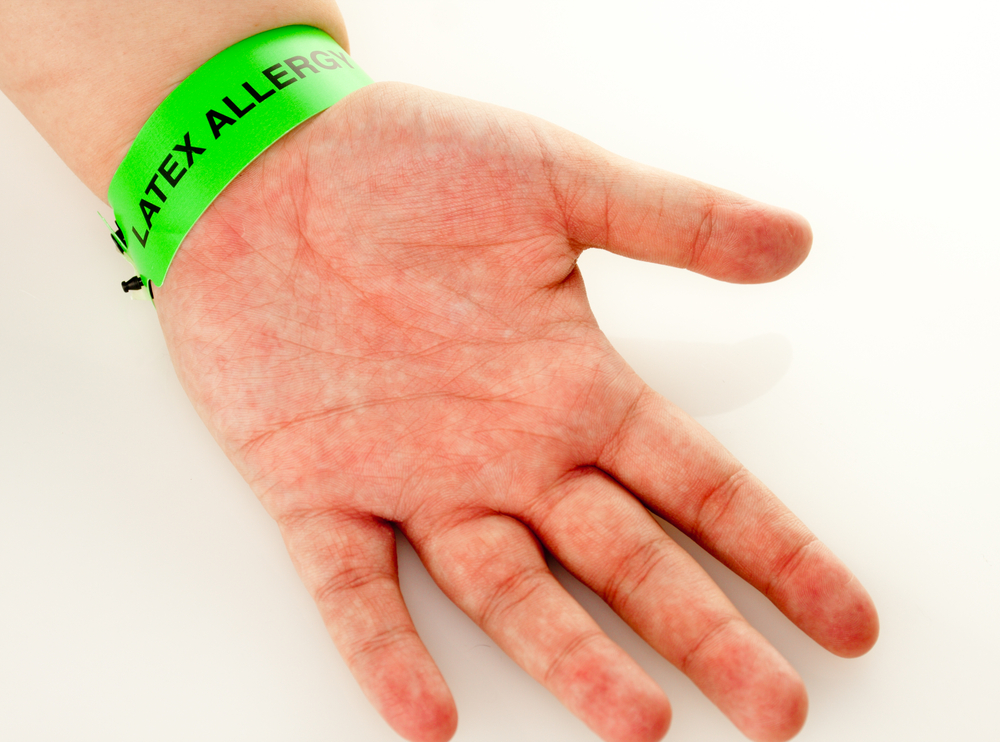Latex is a typical element of numerous medical and dental supplies. Latex additionally is found in numerous consumer items that causes latex allergy.
Normal elastic latex ought not be mistaken for manufactured elastic latex produced using synthetic compounds. Manufactured elastic items, including “latex” house paints, are not made with common latex and don’t trigger unfavorable allergic responses in individuals who are sensitive to items made with normal elastic latex.
Individuals who are at higher hazard for having latex sensitivity include:
- Healthcare workersand other people who, most of the time, wear latex gloves
- Individuals who have had numerous medical procedures (for instance, at least 10) childrenwith spina bifida
- Individuals who are frequently presented to normalelastic latex, including rubber industry laborers
- Individuals with different hypersensitivities, for example, hayfever (allergic rhinitis) or sensitivity to specific
If you speculate you’re adversely affected by latex, the best course of action is to see an allergist-specialist who specifically treat allergies.


